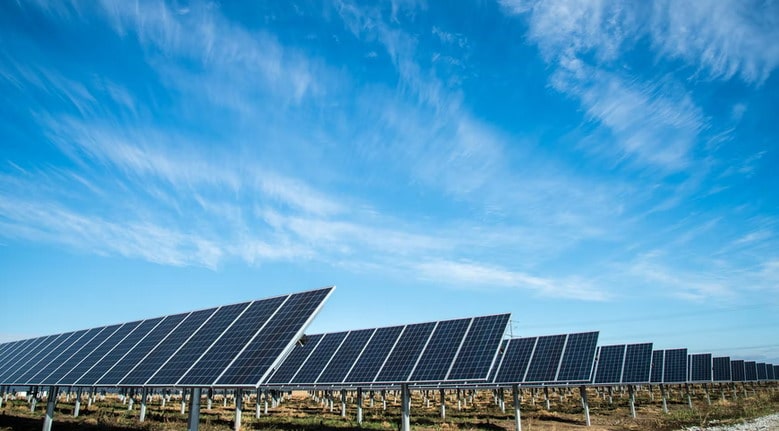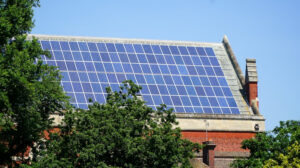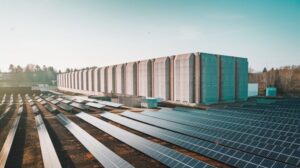What You Need To Know About New Solar Panels That Work At Night

More people are using solar energy today to power their homes, and the US Energy Information Administration estimates that solar electricity generation accounted for 96 percent of solar energy use in 2021. Moreover, total solar electricity generation was at 164 billion kWh last year, but not one of those watts was generated during the nighttime.
Indeed, until now solar panels needed to be in direct contact with the sunlight to transform it into electricity we could use. That can change very soon since researchers at Stanford are working on commercial models for solar panels that work at night, utilizing the frigid vacuum of the vast outer space.
How Do Night Solar Panels Work?
So far, solar panels work by turning solar radiation into electricity. Indeed, the sun radiates energy over the fairly cool surface of the solar panel. These solar panels are made of layers of a semi-conducting material, usually made of silicon. Thus, the light shining on this material generates energy that can be used or stored in batteries.
That is something that happens during the daytime, but at night, the story is quite different. During the dark hours, solar panels radiate heat toward outer space. This phenomenon makes the PV panels cooler than the air that surrounds it. Hence, the temperature difference can be exploited to produce electricity by utilizing a thermoelectric generator.
This is the device used by Stanford professor Shanhui Fan and his team to generate 50 milliwatts per square meter during the testing. Although 50 milliwatts per square meter represent only 0.04% of what a regular commercial solar panel generates during the daytime, it is enough energy to power low-demanding and small electronics. Apart from lowering a household’s carbon footprint, there are other benefits that can be obtained by using solar panels, regardless if they work during the day or night.
Tax Reduction
According to EcoWatch, using solar energy will not only benefit your electricity bill, but will also help you reduce your federal tax load.
Indeed, in 2022 you can claim up to 26% of the total cost of your solar system, including installation, to be deducted from your federal taxes. This incentive will drop to 22% by 2023 and is set to end in 2024, unless the government decides to extend it.
Idle and Low-Consumption Hours
One of the main applications for this technology can be idle systems that need to run or be maintained during dark hours. This can be anything such as keeping LED lights working, motion sensors, or even keeping equipment online at night. However, this is not, by any means, a small expense.
According to The New York Times, about a quarter of all residential energy consumption is used on devices being in idle mode. Moreover, that adds up and costs consumers up to $19 billion in electricity bills per year; the equivalent of 50 large power plants. Night-time solar panels could supply that energy for idle systems, which can have a significant impact on energy bills.
Renewable energy sources are the way to make the world a better, cleaner, safer, and greener place for future generations. Although the solar energy consumption in the USA reached its historic peak last year, this number could grow much more if panels could be utilized during the nighttime as well.
Indeed, this invention could solve the problem of batteries and powering low-consumption appliances, lights, and more during dark hours. There is still a long way to go until a commercial model of this technology is made available, but it can be considered a good first step in the right direction.





